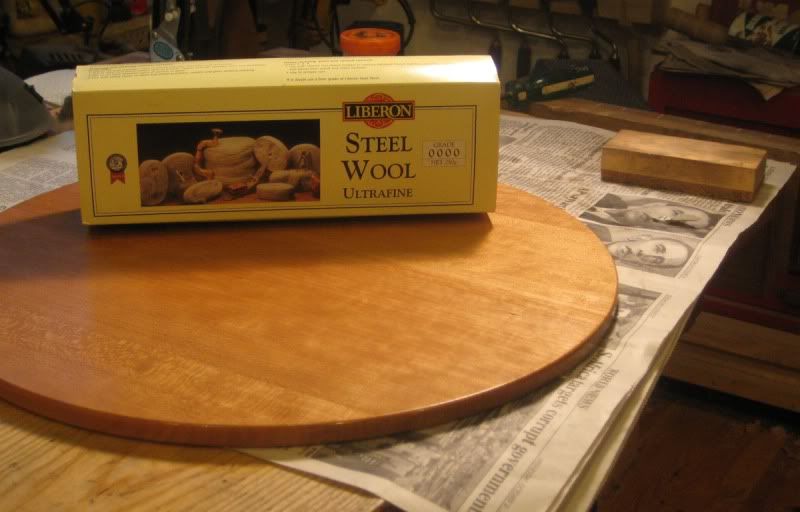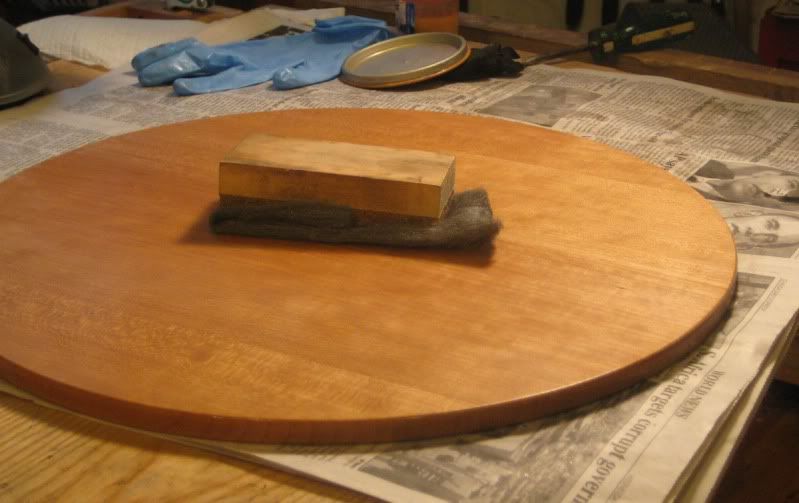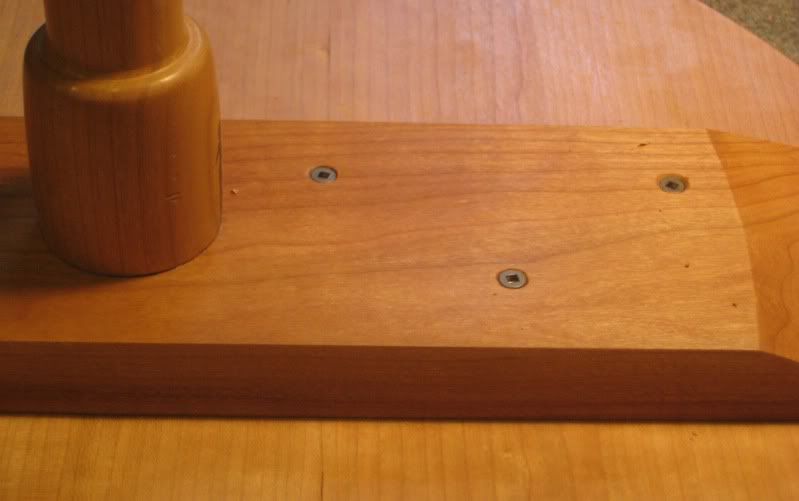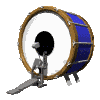Hey John, thanks. The photographer was somebody called Self. Self Timer I think is his full name. Actually, Ben is a really good photographer and if he were here, he'd be ruthlessly critiquing my photos. Well, I'll keep working and taking pictures until I git er dun. Here are a few more images.
And here are the tops, planed, and with the circles marked to approximate where they will be trimmed.





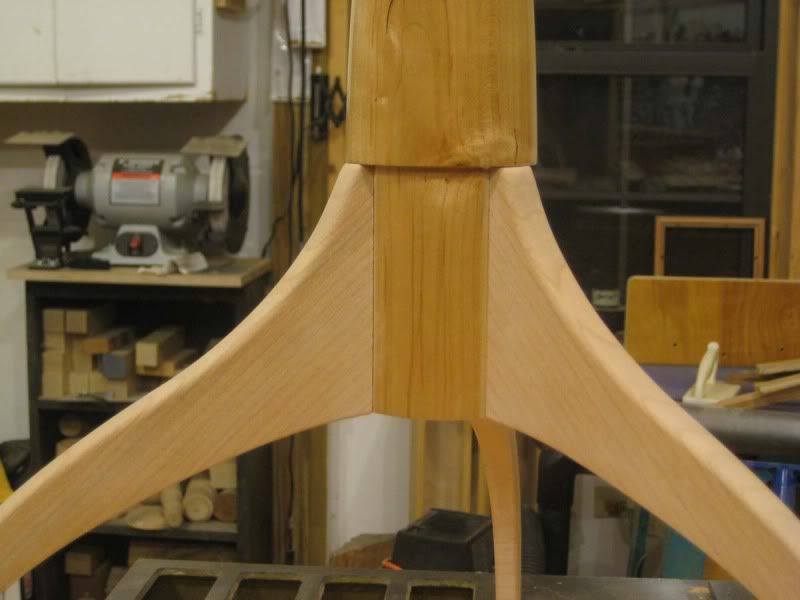


 Reply With Quote
Reply With Quote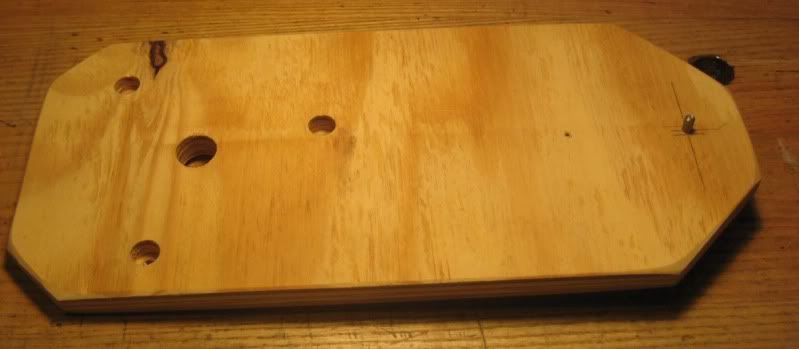

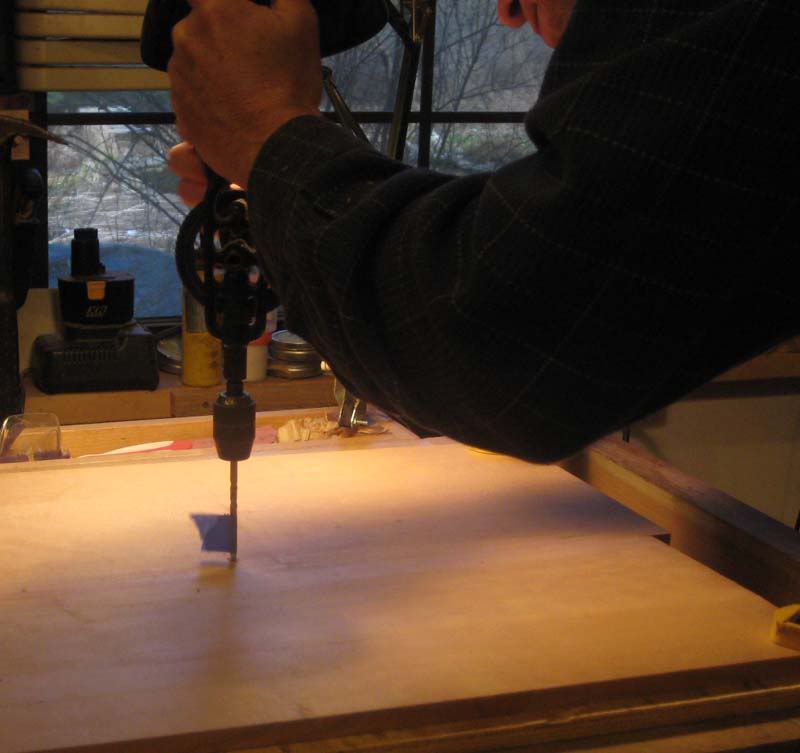









 The curly maple table leveraged the combo unit. (That I wished I had bought an edge sander instead of, of course)
The curly maple table leveraged the combo unit. (That I wished I had bought an edge sander instead of, of course)